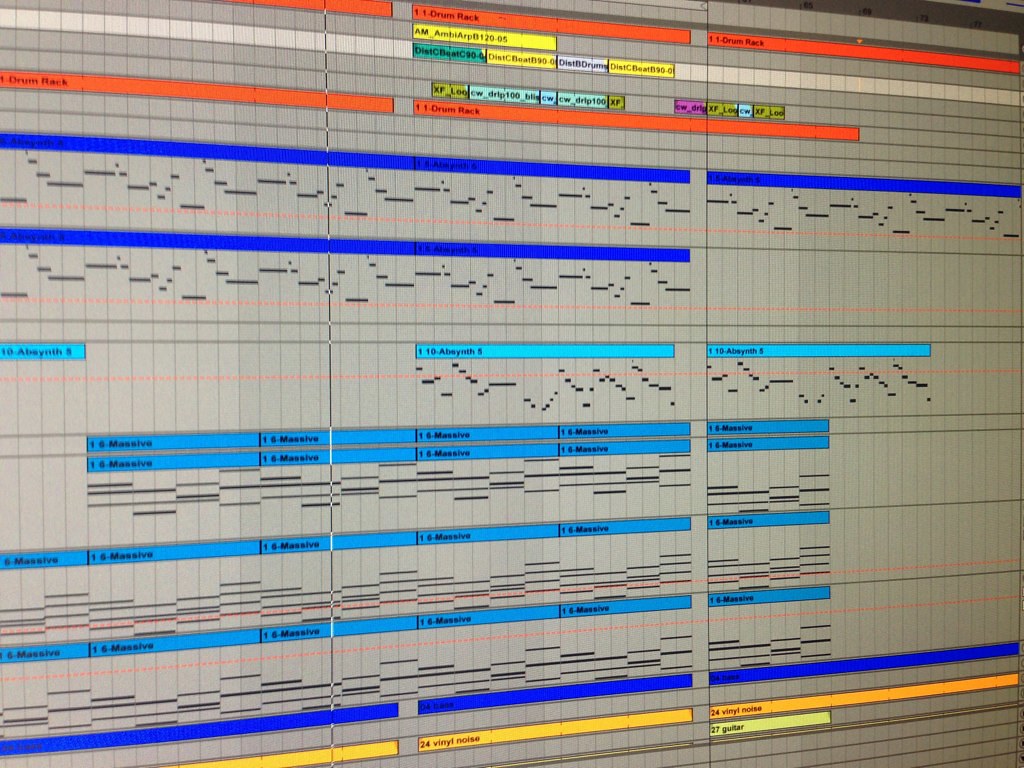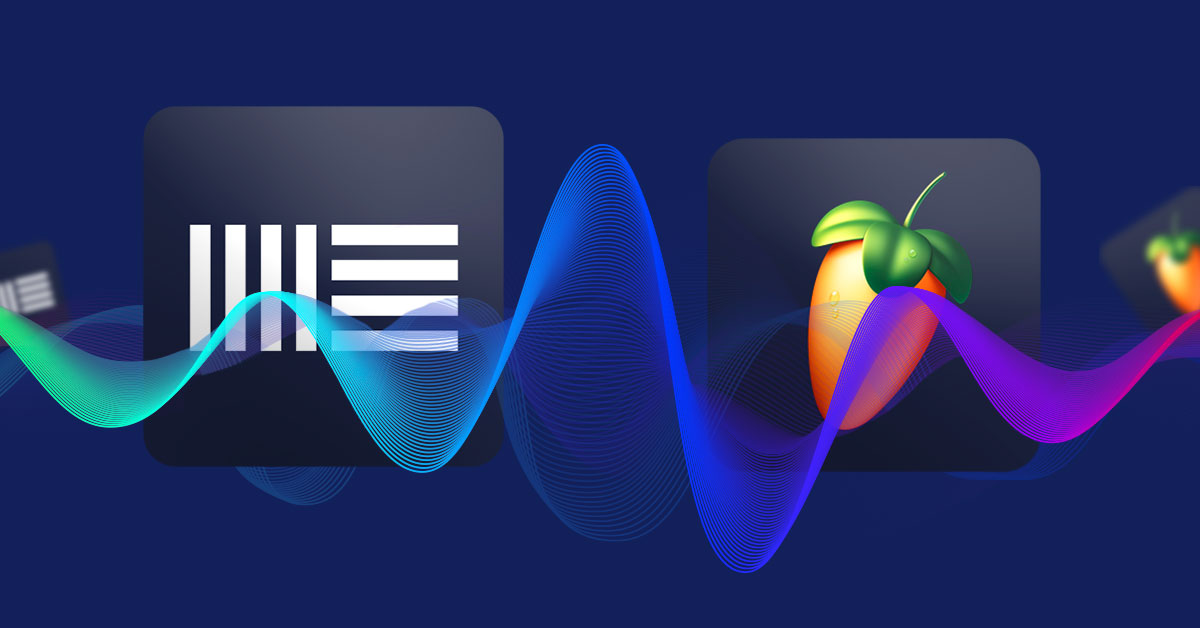
Still, you may be a bit disappointed if you’re looking for some more advanced features.įor example, if you’re importing MIDI files, Studio One won’t read the file’s tempo, but instead, always play it at 120 bpm!Īlso, whenever you’re exporting MIDI, the tempo won’t be embedded into the file itself. Sure, it does do the job if you’re only writing MIDI for songwriting purposes. I’ve always been a bit frustrated with Studio One’s lack of MIDI options. I actually quite like it, although I understand why some people might have a problem with it.Īll in all, I’d say that Studio One is a winner for me when it comes to UI.Īlthough Ableton feels endlessly charming, the simplicity and style of Studio One will probably appeal to more people. Graphics and design feel a bit outdated but with attitude.
#ABLETON PRICE VS FL STUDIO PRICE SOFTWARE#
At first, nothing seems reasonable, and by the time the first hour hits, you feel like you own the software already. You’re likely to figure out most of the stuff by yourself by only using the info view.Ī good thing about Ableton is how fast your intuition snowballs while using it. This is much better than having to hover over and wait for the help bar to appear. Luckily, there’s a pretty handy info view in the bottom left corner that immediately gives you information on what each function you point your mouse at does. Since Ableton is designed to have everything right in front of you without opening new things in a separate window, it’s bound to be a bit congested until you get used to it.Īlso, many vital functions are a bit hard to spot at first, so you’ll need a couple of tutorials before you feel comfortable in it. This makes fine tweaking of the amount you want to send to other channels or effects a bit tiresome to look at after a while.Īlso, it would be nice if you could seamlessly turn off multiple plugins with a single mouse move (Like in Logic Pro) instead of having to turn them off one by one. Studio One’s MixerĪlthough generally, the mixer looks and works fine, there is some room for improvement.įor example, send bars are pretty small. However, there is a single thing that could get more love from Presonus – the mixer tab. This, together with the option to import default key commands from other DAW’s makes it one of the easiest software to transition to if you’re coming from a different background. Most of the functions are performed through drag and drop or right-clicking on an event.īesides being beginner-friendly, the core of Studio One’s logic is quite similar to many other major DAW’s. Studio One is suited for people who have never used a DAW before. You should never have to spend too much time finding what you need. Most of the functions can be found on your main project page, and even if you need to scroll through menu tabs, you’ll find a handful of them.

When it comes to navigating through Studio One, it feels like a breeze.Įverything looks clean and intuitive. Studio One’s Project Screen Studio One’s Navigation Studio One’s User Interfaceįor me, Presonus Studio One has reached the pinnacle of DAW designs.Īside from everything looking amazingly pretty, the whole design is so intuitive and well-thought-out that I can hardly wish for anything to be different than it is. The way software looks and feels when used is a significant thing for most producers and sometimes can be the factor that tips the scale for future customers. Some folks might argue that an interface is a superficial category when evaluating DAW’s, but I tend to disagree with that. Studio One And Ableton Face To Face Comparison User Interface I’ve never seen any other DAW quite like it.Īlthough old-school DAW users might find it a bit strange at first, you quickly realize how intuitive the whole design is.


Uniqueness is the word when it comes to describing Ableton. Its specific design has made it very appealing for electronic musicians and live performers of any genre. Introducing AbletonĪbleton has firmly placed itself as a go-to DAW in the world of EDM. It still feels like a good old-fashioned DAW (linear, as some people like to call it) but has all the advanced features and a fast learning curve found in most modern software. Studio One is unique because it seamlessly and instead successfully merged old and new DAW UI. Developed by Presonus, it has all the tools you need to create, mix and master your songs professionally. Studio One has rightfully earned its place as one of the fastest-growing DAW’s on the market.


 0 kommentar(er)
0 kommentar(er)
